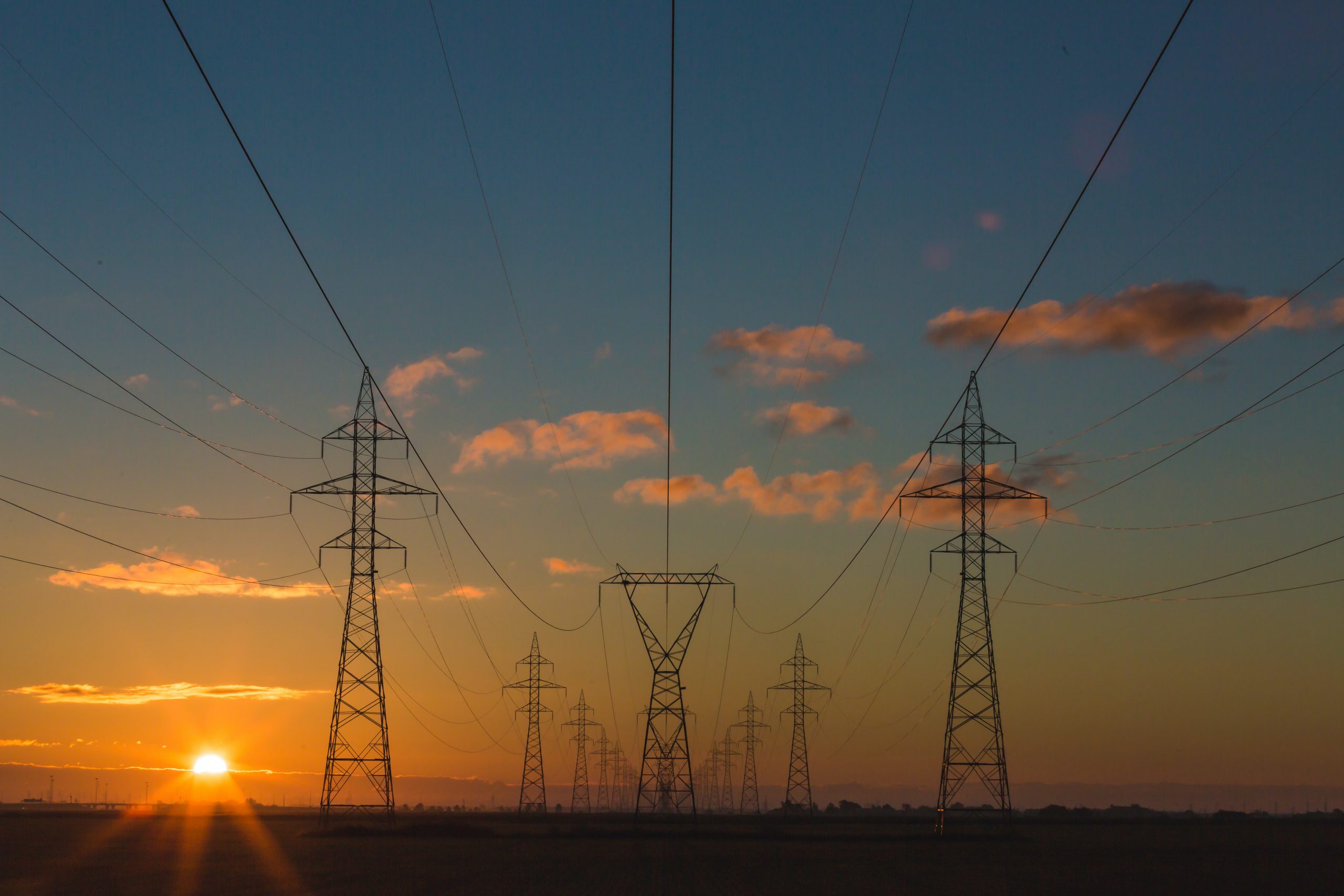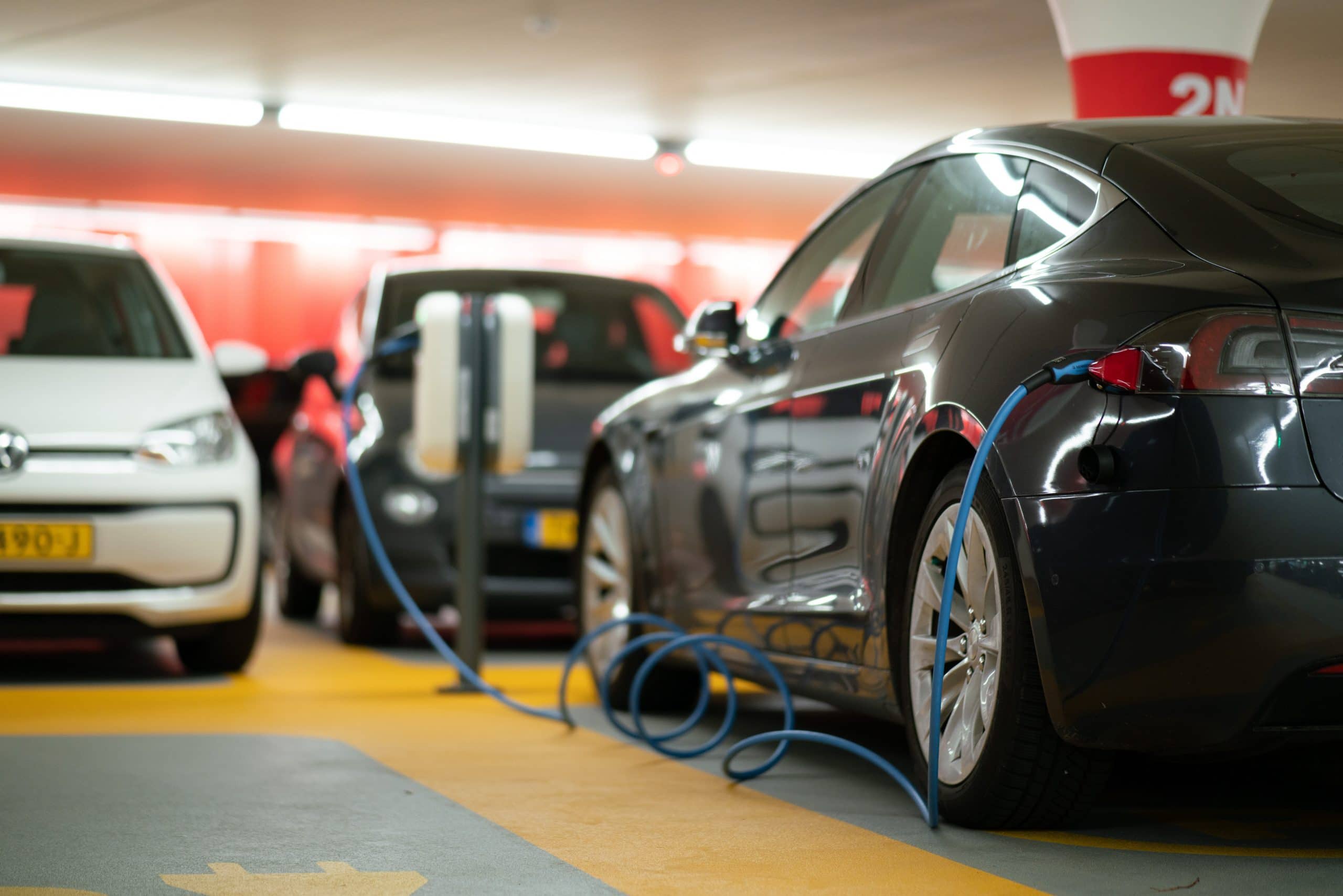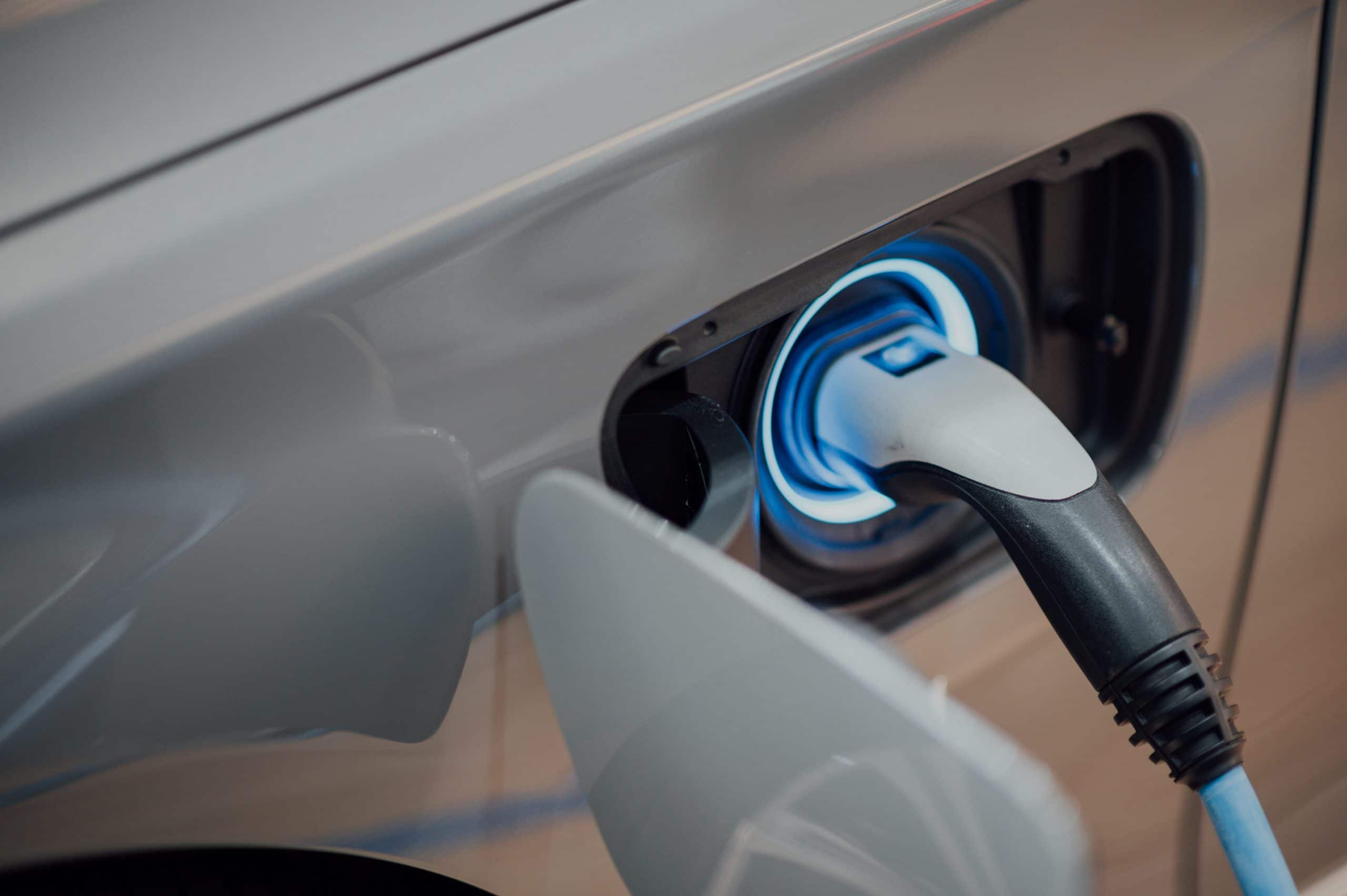Clean Energy Basics Vol. 3
Summary
Distributed Energy Resource Management Systems (DERMS) are software solutions that control and coordinate a variety of distributed energy resources (DERs). These DERs are a variety of energy types such as Solar, Wind, and battery storage, amongst others.
DERMS allow for better management of the grid and less electricity wastage. DERMS increase efficiency and reliability for both the consumer and the utility. DERMS refer to many specific use cases, or a general integration system. Sometimes utilities have many DERMS to address specific use case situations. DERMS also reduce the carbon footprint of utilities and consumers.
Key Takeaways
- Distributed Energy Resource Management Systems (DERMS) are software that control and optimize the use distributed energy resources (DERs)
- DERMS synchronize DERs, so that when extra energy is needed in the grid, each individual DER device can be controlled to input energy into the grid, and a reliable supply of power can be maintained
- DERMS enable better management of the energy grid and increased efficiency and reliability for citizens and businesses
- DERMS allow for DER integration or specific use cases. A utility often has many DERMS.
- DERMS lower our CO2 footprint and help reduce costs
Distributed Energy Resource Management Systems, what are they?
Distributed Energy Resource Management Systems (DERMS) are software that control distributed energy resources (DERs). These DERs, which include renewable energy devices, are a variety of device types such as solar PV, wind turbines, and battery storage, smart thermostats, smart electric vehicle charging stations, amongst others. DERMS and DERs work together. If you’re still not familiar with DERs, read our previous article before continuing.
DERMS integrate energy sources and enable greater efficiency and reliability in the grid. DERMS are also used for specific applications, meaning a utility may have more than one.
DERMS is an umbrella term for software that controls many DERs. DERMS can also refer to many of the functions they provide. These include advanced distribution management systems (ADMS), virtual power plants (VPP) and demand response management systems (DRMS), amongst others.
What are the benefits of Distributed Energy Resource Management Systems?
DERMS are used to simultaneously communicate with, control and coordinate DER devices in different geographic locations. When excess energy is being injected into the grid due to plentiful solar being produced during the day, a DERMS can control batteries in the grid to charge using that excess energy. If there is a lack of energy to meet demand, DERMS can control batteries to inject energy into the grid and control smart thermostats to turn temperature down in buildings, so the demand for energy is reduced.
DERMS keep track of a large number of individual energy devices. DERMS leads to better power quality, lower grid maintenance, and lower costs. This leads to better decision making for utilities, and a better power supply in your home.
Because DERMS are versatile, they address both general and specific needs for a utility. General needs include managing lots of different batteries, EV charging stations and other power sources; this is done to make sure no grid source is overloading the system.
A further benefit of DERMS is islanding. Islanding allows a DERMS to quarantine any resource that is not functioning the way it should. Islanding improves reliability in microgrids when large scale power outages occur. This means that DERMS provide a reliable power supply to your home and businesses in unexpected situations like extreme weather events.
What do DERMS do for decarbonization?
Having efficient and reliable DERMS integrated makes sure that all energy is being used efficiently. They make sure that very little renewable energy is wasted. When the sun is not shining and the wind not blowing, they ensure there is enough energy being supplied to meet energy demand. When too much energy is being produced by solar and wind, they make sure it is stored somewhere for later.
Having efficient and reliable renewables and DER integrated into the grid, with a powerful DERMS controlling and synchronizing them means that we as a society can continue to grow the share of renewables in the grid without risking our safety and the reliability of our power. The vision for a DERMS is that we will have an entirely zero-emission power supply, but instead of centralized, large-scale power plants, we will have many small microgeneration sources on rooftops and in fields. A DERMS helps to coordinate all of them so we can continue living our lives normally and safely.
Citations/Further Reading
Awesense authors are committed to sourcing information from reliable sources. These include primary sources, white papers, and government websites among others, when available. If you have any questions regarding the information on this page, please contact marketing@awesense.com




